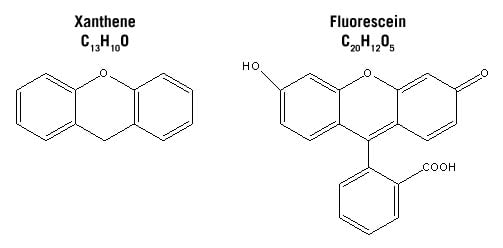Originally published : Wed, June 8, 2011 @ 3:59 PM
Updated : Mon, September 19, 2022 @ 2:10 PM
A "Referral from the Doctor" Blog Article-
Quantitative real-time PCR (qPCR) was developed as a means to detect the presence of target nucleic acids and is routinely used to quantify gene expression through reverse transcription of RNA transcripts. The detection method depends on a signaling molecule, often a dual-labeled oligonucleotide with a fluorophore (reporter) dye at the 5’ end and quencher dye at the 3’ end. The development of new reporter dyes, true dark quenchers and advancements in probe sophistication enable researchers to improve their genetic analysis. One significant improvement is in the application of multiplexed qPCR to yield additional data and confidence in the results.
Multiplexed qPCR combines several PCR assays together into one, to conserve sample material and avoid well-to-well variation. The targets are amplified simultaneously but detected independently using reporters with distinct spectra. Fluorescent dyes used to label oligos are commonly based on the xanthene class of chromophores, which include fluorescein and rhodamine derivatives such as FAM, TAMRA, HEX, JOE, ROX and Texas Red® dyes. Below are the chemical structures for xanthene and its popular market derivative, fluorescein.

Biosearch pioneered the development of new dyes and quenchers intended specifically for multiplexing. The CAL Fluor® series of dyes are also xanthene-based chromophores, but purpose-built for oligo labeling. They are formulated into reactive precursors (phosphoramidites and synthesis supports) intended for automated incorporation during synthesis rather than post-synthesis conjugation through an ester coupling. The table below shows Biosearch dyes and comparable dyes on the market.
| Biosearch Dye | Comparative Dye |
| CAL Fluor Gold 540 | TET |
| CAL Fluor Orange 560 | VIC, HEX, JOE |
| CAL Fluor Red 590 | TAMRA |
| CAL Fluor Red 610 | Texas Red |
| CAL Fluor Red 635 | LightCycler® Red 640 |
These CAL Fluor dyes are efficiently manufactured and remain stable through oligonucleotide synthesis and work up. Attachment chemistry linking the CAL Fluor dyes to biomolecules eliminates the problem of multiple isomers. This results in dye labels that are easier to manufacture, have a single RP-HPLC peak and well-defined emission spectra. Their emission wavelengths span the spectrum to best accommodate the range of optics found in real-time thermal cyclers. When combined with the Black Hole Quencher® (BHQ®) dyes, CAL Fluor dyes offer high signal to noise ratios and reproducible results in multiplex qPCR.
Written by: Christina Ferrell, Ph.D., Technical Applications Specialist
References:
http://www.biosearchtech.com/assets/bti_CAL_Fluor_Dyes.pdf
http://www.biosearchtech.com/assets/bti_bhq_quenching.pdf
http://www.biosearchtech.com/assets/bti_bhq_selectionchart.pdf
For full trademark disclosure, please visit http://www.biosearchtech.com/legal.

